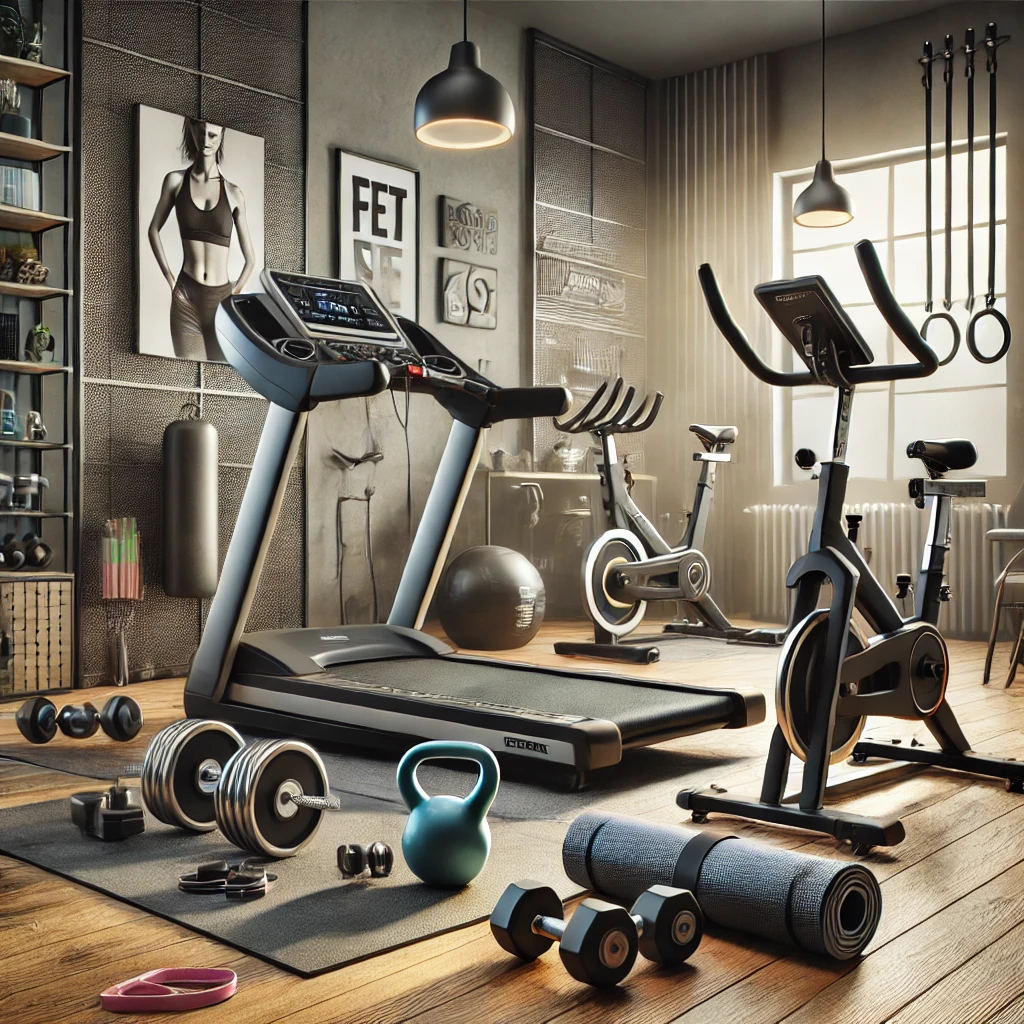Among the most popular fitness and fat-loss cardio workouts is high-intensity interval training, or HIIT. Two standout contenders in the cardio arena are HIIT vs Steady-State Cardio. Both approaches have their merits, and choosing between them depends on your goals, fitness level, and personal preferences. Let’s dive into the benefits, drawbacks, and effectiveness of HIIT and steady-state cardio for fat loss.
What is HIIT?
High-Intensity Interval Training (HIIT) is an interval training that involves short periods of intense exercise followed by periods of low-intensity recovery or rest. For instance, a typical HIIT session might include 30 seconds of sprinting followed by 1 minute of walking, repeated for 15–20 minutes. HIIT workouts are designed to push you close to your maximum effort, offering a challenging yet time-efficient way to burn calories.
What is Steady-State Cardio?
Steady-State Cardio is an exercise that is performed at a constant, moderate intensity for a long time, such as jogging, cycling, or swimming at a steady pace. This technique is endurance-based and ideal for those who prefer a slower, less intense workout lasting 30–60 minutes or more.
Pros of HIIT
Time-Saving: HIIT is perfect for people who do not have much time to spend. A 20-minute HIIT session can burn the same number of calories that a steady-state cardio will burn in an hour.
Metabolism-Boosting: HIIT activates the “afterburn effect,” or Excess Post-Exercise Oxygen Consumption (EPOC), meaning you will keep burning calories after you exercise.
Muscle Retention: HIIT’s intensity trains both fat loss and muscle retention, so it’s best for those wanting to be toned.
Variety and Engagement: The sudden increase in intensity keeps the workout engaging and challenging.
Disadvantages of HIIT
Physically Exhausting: HIIT requires a high level of exertion and may be too strenuous for starters.
Increased Risk of Injury: HIIT can be a cause of injuries due to its intense nature, especially when proper form and recovery are not considered.
Not Suitable for Recovery Days: HIIT can be a stress on the body, which is not suitable for low-intensity or recovery days.
Advantages of Steady-State Cardio
Low Impact: Steady-state cardio is low-impact and perfect for beginners or those recovering from injuries.
Sustainable and Relaxing: This type of exercise allows you to work at a comfortable pace, which makes it easier to stick to as a long-term practice.
Builds Endurance: Longer sessions improve cardiovascular health and stamina over time.
Less Stress on the Body: Compared to HIIT, steady-state cardio is relatively easier and can be done even more frequently
Disadvantages of Steady-State Cardio
Time-Consuming: You need a long time to burn ample calories when you are practicing steady-state cardio.
Plates Risk: Your body learns about steady-state cardio; after some time, its potential will decrease for burning belly fats.
Risk of Muscle Breakdown: Cardio exercise practiced for a long time has muscle breakdown, especially when an adequate amount of protein isn’t taken.
Fewer Calories Burned Post-Workout: Unlike HIIT, steady-state cardio doesn’t cause much of an increase in calorie burn after the session.
Effectiveness of Fat Loss: HIIT vs. Steady-State Cardio
Calorie Burn: HIIT burns more calories within a shorter period and can be ideal for those seeking maximum fat loss with less time invested.
Steady-state cardio, although slower to burn calories, can be equal to HIIT over a longer period.
Metabolic Effect: HIIT’s ability to elevate your metabolism post-exercise gives it an edge for fat loss. The EPOC effect means you’ll burn more calories at rest after completing a HIIT workout.
Muscle Preservation
HIIT tends to be better at preserving muscle mass during fat loss due to its resistance-based components and short duration in HIIT vs Steady-state Cardio. In contrast, prolonged steady-state cardio may lead to muscle breakdown if nutrition isn’t managed correctly.
Sustainability
Those who are very much into a routine, the steady-state cardio is a more sustainable option. On the other hand, HIIT is not for everyone due to its high-intensity nature.
Combining Both HIIT and Steady-State Cardio
The best news is that you do not have to choose one or the other. Combining both HIIT and steady-state cardio can give you the best of both worlds:
For Beginners: Start with steady-state cardio to build endurance and gradually incorporate HIIT as your fitness level improves.
For Advanced Fitness Enthusiasts: Alternate between HIIT and steady-state sessions throughout the week to maximize fat loss while allowing for proper recovery.
Tips for Maximizing Fat Loss with Cardio
Pair Cardio with Strength Training: Combine cardio workouts with strength training to build muscle and enhance fat burning.
Monitor Your Diet: Just doing cardio alone is not going to burn the fats. The diet needs to be controlled with the right amount of protein and healthy fats.
Be Consistent: Fat loss only happens if you remain consistent. You should stick to the type of workout that you like the most.
Listen to Your Body: Overtraining can make you lose fats. Allow your body time to recover, especially after the intense HIIT sessions.
Conclusion: HIIT or Steady-State Cardio?
While the other also has its own benefits to use in achieving fat loss; if one is short of time and seeks quick results, HIIT is a powerhouse. For those who don’t prefer a steady yet low-impact workout, steady-state cardio is definitely the best. The thing is that you should blend each workout based on your need, preference, and skill levels, but ideally, most people incorporate both for proper progress.
So, be it running intervals or just a jog, do not forget that consistency with a balanced diet and active lifestyle is what really counts in fat loss.












Can you be more specific about the content of your article? After reading it, I still have some doubts. Hope you can help me.
Sure, why not>?